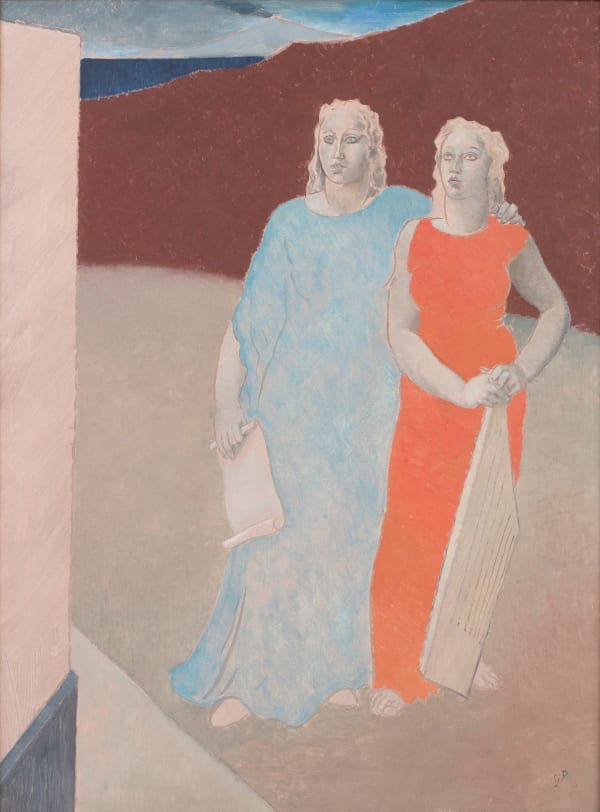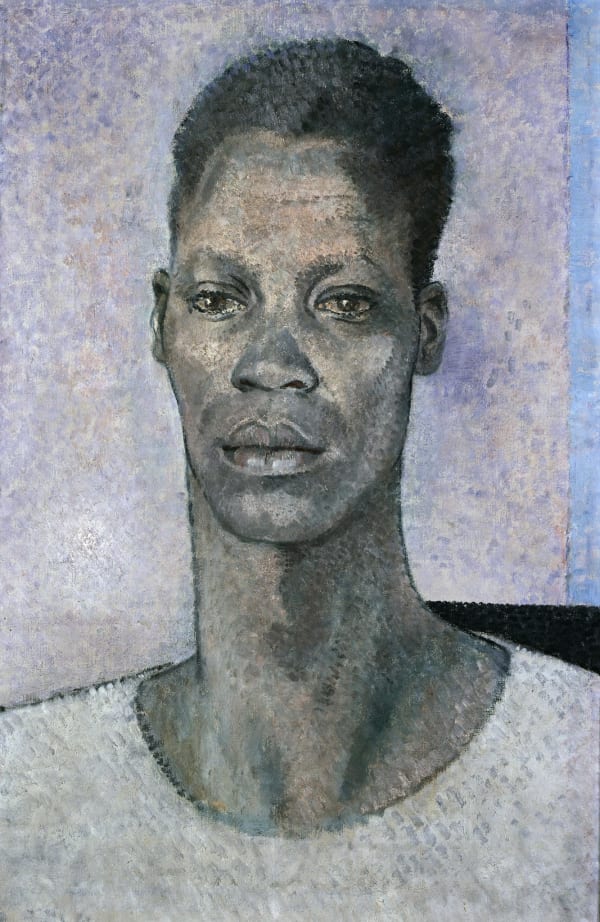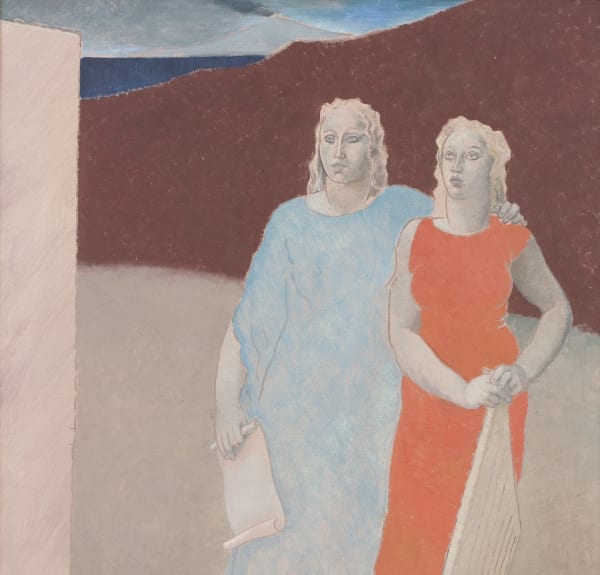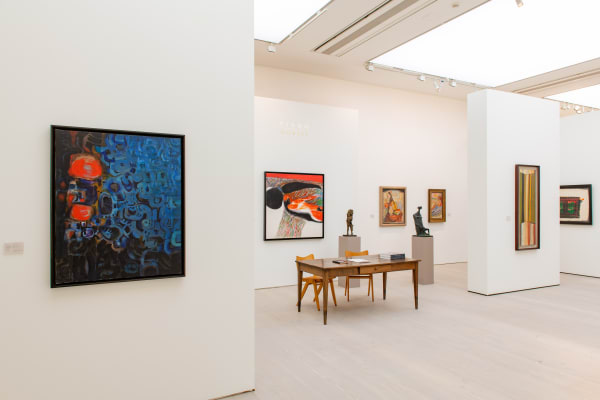Glyn Philpot
The gallery regularly handles, acquires and advises on works by Glyn Philpot. For more information or the availability of work, please contact the gallery.
Glyn Philpot (1884 - 1937)
Glyn Philpot was born in London in 1884, and at the age of fifteen began his studies at the Lambeth School of Art under Philip Conrad and was influenced by Charles Ricketts, an earlier student at Lambeth. In 1903 he embarked upon his first visit to France, where he studied at the Académie Julian from 1904. In 1909, he was elected member of the Royal Institute of Oil Painters and he became an honorary member in 1925. In 1911, he was a founder-member of the National Portrait Society and in 1913, of the International Society of Painters and Sculptors and in 1925, of the Royal Society of Portrait Painters. His painting The Marble Worker (1911), won him the Gold Medal at the Annual International Exhibition held by the Carnegie Institute in Pittsburgh in 1913. In 1915, he was elected an associate of the Royal Academy and in 1923 he became a Royal Academician, and also exhibited at the Venice Biennale in 1930. He died in 1937.
Philpot's travels throughout France, Italy and Spain provided a diverse range of influences and inspirations that are reflected in the eclectic nature of his practice. His early huge mythological and religious compositions evoke both an academic style and the romanticism of the pre-Raphelites - in fact he produced decorative borders and initials for Rossetti's translation of The Pitiful Song of Dante (1900-01) whilst the influence of Velasquez is visible in his portraiture, through which he primarily established his reputation particularly after World War I. In 1927, he painted a huge mural for St. Stephen's Hall, Westerminster in 1927 of Richard I leaving England for Crusade. Towards the end of his career, he was influenced by Picasso and turned to a more symbolist style, a dramatic enough shift to warrant national newspaper headlines. Philpot's personal life, he lived for over a decade with a soldier he met during the war, and his interest in depicting black models, ensured a certain notoriety and exclusion from the establishment during his lifetime.
-

Surrealism in Britain
129 Portland Road 17 Feb - 17 Mar 2020 Piano NobileSurrealism in Britain was a gallery display of work by John Armstrong, Cecil Beaton, Paul Nash, and other early twentieth-century artists who explored the subconscious. The display complimented Dulwich Picture...Read more -

British Art Fair
Saatchi Gallery 20 - 23 Sep 2018 Art FairPiano Nobile presented a selection of Post-War and Modern British art, including works by Craigie Aitchison, Kenneth Armitage, David Bomberg, Peter Coker, William Crozier, Leslie Marr, Leon Kossoff, Paul Nash,...Read more
-

Glyn Philpot: Flesh and Spirit
Pallant House Gallery July 6, 2022A new exhibition at Pallant House Gallery includes a loan arranged by Piano Nobile. Glyn Philpot : Flesh and Spirit is the first exhibition about...Read more -

InSight No. 67
Glyn Philpot | Two Muses at the Tomb of a Poet, 1937 April 28, 2021After a period living in Paris in 1931, Glyn Philpot changed his style. As a friend said, the new style was his attempt ‘to achieve...Read more -

British Surrealism exhibition opens at Dulwich
London February 26, 2020An important new exhibition of modern British art has opened at Dulwich Picture Gallery, London. British Surrealism: 1783-1952 has been curated by Dr David Boyd...Read more















